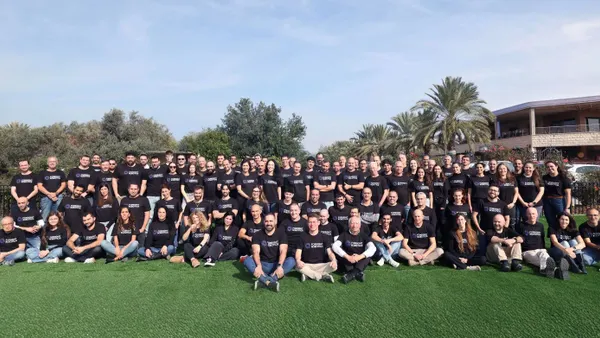Dive Brief:
- A European Union task force has proposed what it calls a "legally defendable and pragmatic" solution to the question of how to regulate legacy medical devices.
- The Medical Device Regulation features a grace period that allows products certified under the old directive to come to market after the date of application, but lacks full details of the rules that apply in that situation. The Medical Device Coordination Group (MDCG) task force met to address the key areas of uncertainty.
- The task force concluded all "relevant requirements" on "post-market surveillance, market surveillance and vigilance" apply to legacy devices. That means manufacturers of legacy devices need to create and maintain periodic safety update reports (PSUR).
Dive Insight:
Limited notified body capacity before the MDR date of application earlier this year contributed to many companies getting their products certified under the old directive to keep them on the market during the current grace period. The devices can be sold for several years with the old CE marks but, as MDR is now in effect, need to comply with aspects of the new regulation.
Having discussed the topic in late May, shortly after the MDR date of application, MDCG created a task force that met in June "to quickly find a solution that is legally defendable and pragmatic." The discussions led to a MDCG-endorsed report to inform ongoing work on guidance documents. At an Oct. 19 meeting, MDCG agreed to publish the task force report as guidance.
The major finding is that legacy devices are subject to MDR rules on post-market surveillance, market surveillance and vigilance. According to the task force, surveillance by notified bodies under MDR "essentially is a continuation of the previous surveillance activities" under the old directives because they "are not designated to conduct assessments under the MDR." The task force is advising notified bodies to take requirements resulting from "transitional provisions" into account.
MDGC's task force proposed that MDD risk classifications are used to determine the requirements put on legacy devices. If a device is moving to a new risk classification under MDR, it will continue to be regulated under the MDD classification during the transition period. Active implantable medical devices will be regulated as class III products.
A section of the report is dedicated to the handling of PSURs. The task force found manufacturers of legacy devices need to draw up and update PSURs in accordance with MDR and make the reports available on request to competent authorities "outside Eudamed." Notified bodies can request PSURs "in the framework of surveillance audit" to inform verifications of the compliance of the approved quality system with the directives.
Elsewhere in the report, the task force proposes that other MDR requirements that "relate to post-market surveillance, market surveillance, vigilance, registration of economic operators and devices" apply to legacy devices. MDCG's task force said the proposal "respects the wording" of MDR and focuses on "requirements that support a well functioning vigilance and market surveillance system as well as proper registration of economic operators and devices."
The task force report covers MDR but its findings may offer hints of how the EU will regulate legacy in vitro diagnostics. As planned originally, the In Vitro Diagnostic Regulation would have created fairly few legacy IVDs, with most products needing to be certified under the new rules before the date of application. However, the recent proposed changes to the rollout of IVDR is set to create a larger pool of legacy IVDs, ratcheting up interest in which aspects of the regulations will apply to the tests.











